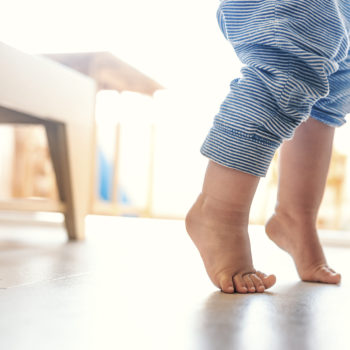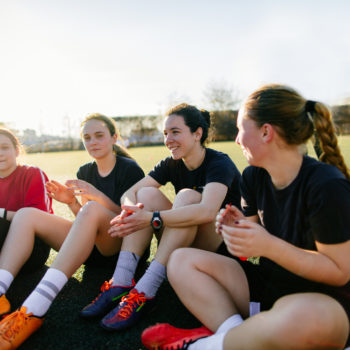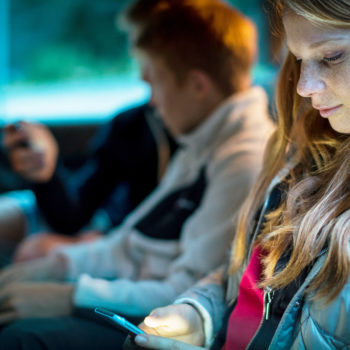According to new research, children who walk barefoot from an early age have better and earlier motor development. They become better at jumping and balancing their bodies than those who always wear shoes. We asked what Dr. Marco Nuara, doctor of Neonatology at Humanitas San Pio X, thinks about it.
Barefoot children: the dilemma of parents
Barefoot kids or not? The dilemma has always involved parents who, on the one hand, would like to let their children be free to move as they wish, and, on the other hand, are afraid that they will get hurt with something sharp, encountering infections and problems that in some cases could be very serious.
New research has tried to dispel the doubts of adults and has underlined the importance of barefoot exercise for motor development as children grow and mature. The study, carried out by the University of Jena, Germany and published in Frontiers in Pediatrics, showed that if the children are more often barefoot, they are significantly better at jumping and balancing than the children who more frequently wear shoes.
The benefits of barefoot walking by the age of 10
The research involved in particular children aged 6 to 10 years of age: after 10 years the beneficial effect decreases, until it is reduced to zero with adolescence. The researchers assessed three motor skills: balance, long jump and sprint at 20 meters, in 810 children and adolescents from 22 primary and secondary schools in rural areas of western South Africa and in urban areas of northern Germany.
The two groups were selected to represent different footwear lifestyles: children in South Africa are usually barefoot, while those in Germany wear shoes most of the time. Usually barefoot children scored significantly higher in balance and jump tests than participants who usually wear shoes. This difference was observed in both test conditions (barefoot and barefoot) and in all age groups (6-10, 11-14 and 15-18 years), but particularly evident in children aged 6-10 years. In the results of the sprint test, children usually with shoes had better results, especially those in the age group of 11 to 14 years. The researchers then explained that the environment and footwear may have had an influence.
At home: better barefoot or with non-slip socks
“In the past, footwear has been attributed an important role in the correct motor development of the child. In reality, it would be better, from the very first steps, for children to walk as barefoot as possible. The man does not need shoes to be able to walk – warns Dr. Nuara – but rather to protect the feet from any trauma”.
“Especially when the child is younger walking barefoot increases sensitivity, perception of the ground and the development of balance – added the specialist -. I recommend leaving the children as bare as possible. If the floor is slippery, non-slip socks can be used to limit the risk of falling. When choosing outdoor play shoes, choose lightweight, flexible shoes that minimize clutter and clutter and ensure maximum sensitivity and freedom of movement”.








